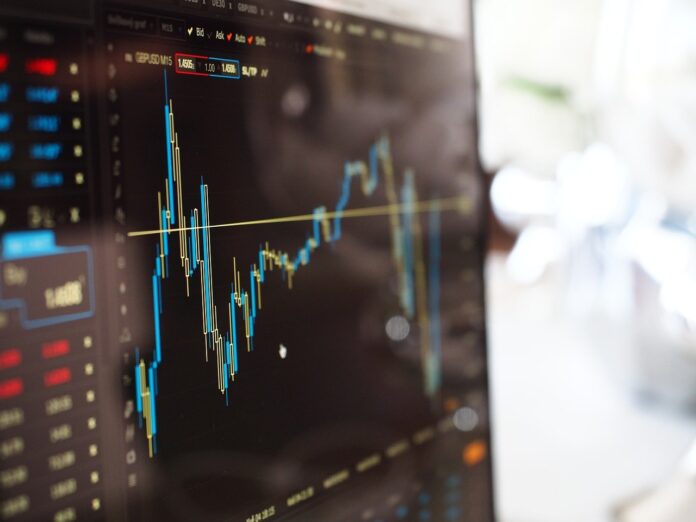Does the current state of the global securities market offer opportunities for investors and traders? In short, the answer is yes, but with a qualification. Namely, those who want to earn profits in a volatile, uncertain, and generally down-trending global economy have to choose wisely. Not every sector and niche offer viable opportunities. Some are best avoided while others present realistic chances for long-term improvement. Then, there are the sideways stocks that are ideal for short-term traders who favor vehicles like contracts for difference (CFDs) that allow for quick in and out profit taking on small upward and downward swings.
It’s essential for all prospective trading and investing enthusiasts to review what’s going in with the major indices, the oil sector, the state of the COVID pandemic, the situation in Asia, and the ever-changing price of gold. There’s wisdom in checking out the big picture before deciding where to put your hard-earned capital. Here’s a review of what’s happening in all the relevant markets and segments.
Major Indices are Up
Many individuals and institutions speculate on market indices like the DJIA, the S&P 500, and the UK’s FTSE. All are decent barometers of where things stand and where they might be headed for the near-term. However, in volatile times like these, many turn to CFDs for the chance to participate in successive ups and downs and aim to turn a profit as long as they predict the direction of the next move.
One of the easiest ways to leverage the power and versatility of CFDs is having an MT4 trading account, which offers traders the chance to not only trade forex but also use CFDs to speculate on commodities and the major stock indices. For example, in just the last month, the FTSE rose by about 150 points while the S&P 500 climbed by nearly 300 points. But it hasn’t been smooth, linear sailing for those past 30 days. Both indices experienced plenty of daily and weekly swings in both directions, which is why CFDs make so much sense in an uncertain global economy.
Oil Shares
Investors are of two minds about the current petroleum situation. Some view the seven-year highs as a signal that the bubble is about to burst once the economy slows down amid new COVID restrictions. Others see ample room for improvement as demand continues to increase and supplies dwindle. Of course, it’s always tricky to try to time a price top, but oil investors have seen worse and better times in recent years. Regardless of where petroleum’s per-barrel cost goes next, there will be a lot of short-term action among holders of commodity contracts, CFDs, and corporate shares.
COVID Effects
The COVID effect refuses to remove itself, and all its uncertainty, from the global stock markets. Early this year it appeared that the pandemic was slowly dying down and national economies were ready to rev up again. But, but by the beginning of summer, new cases started showing up on every continent. The reaction of government leaders was a mix of more shutdowns, widespread vaccine mandates, and business shutdowns. The result was predictable, if discouraging.
Among the leading developed nations, unemployment is rising, inflation is setting in, and general volatility is becoming a hallmark of all the major securities markets. Segments like retail and packing are among the hardest hit because they rely on a thriving economy to deliver annual profits. For speculators and other short-term investing mavens, there’s no shortage of candidates for short selling. Those who use CFDs as their main investment tool need not worry about the complexities of shorting, because they merely have to predict that prices of a given company or index will fall.
Supply Chain Bottlenecks
If worldwide supply chain problems persist through the final quarter of 2021, a global recession is not out of the question. Already, thousands of cargo ships are literally waiting in line to deliver their goods to U.S., UK, and Asian ports. This kind of negative scenario, the longer it continues, opens up fresh opportunities for traders who believe they can predict the direction of related stocks, commodities, and related asset classes.
Gold
Gold is a precious metal, not a stock share. But, hundreds of mining companies and exchange traded funds are directly related to the fluctuating price of the world’s most popular precious metal. Just reviewing the past six months of gold’s unusual price movement is enough to make a short-term trader out of the most diehard long-term investor. Since May, the yellow metal’s per-ounce value, in dollars, has ranged from $1,727 to $1,909, with dozens of peaks and valleys in the interim. At its current value of $1,770, it appears that the shiny stuff could be in for another temporary fall, which plays right into the hands of scalpers, day traders, and CFD holders, all of whom are free to speculate on downward or upward movement.







